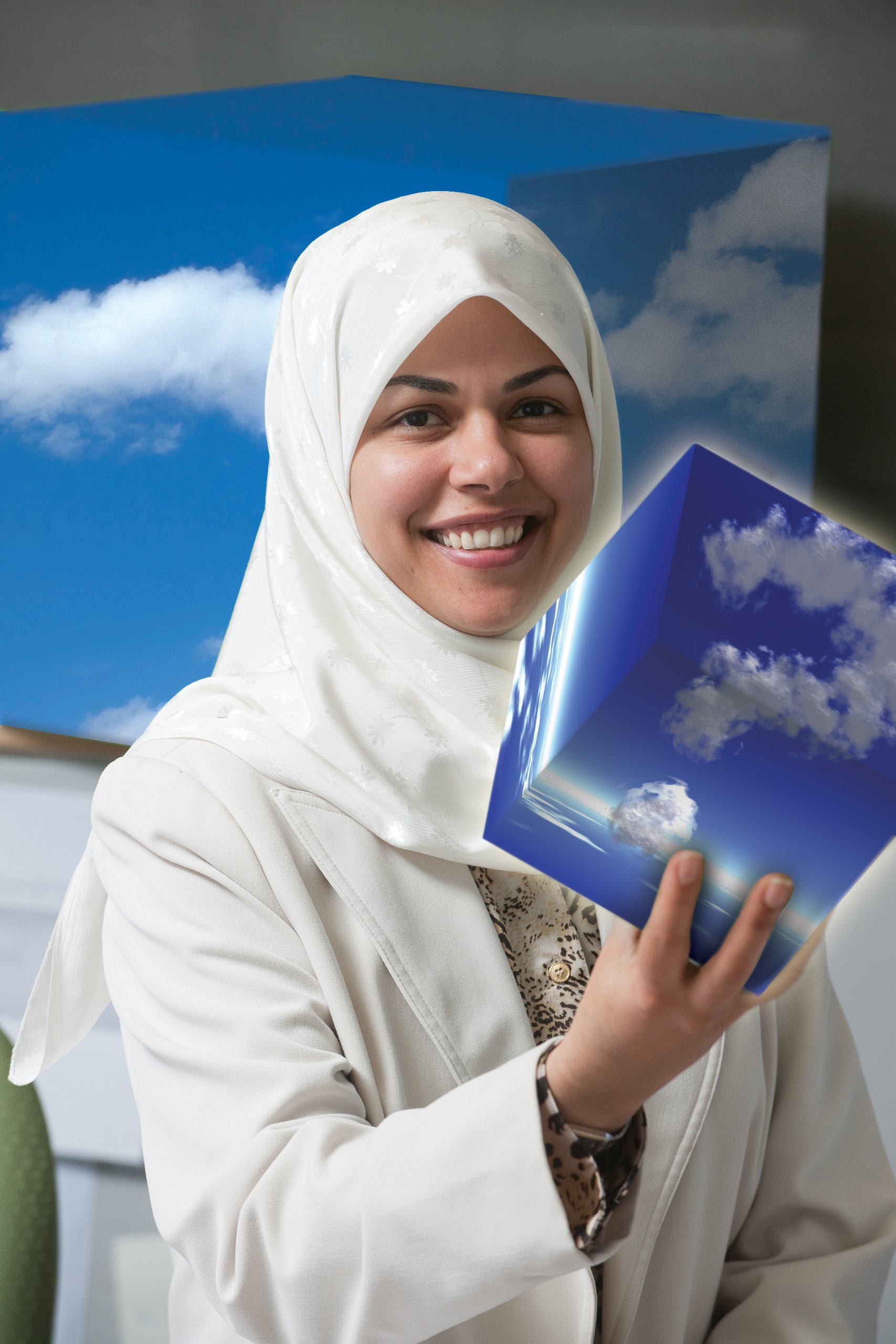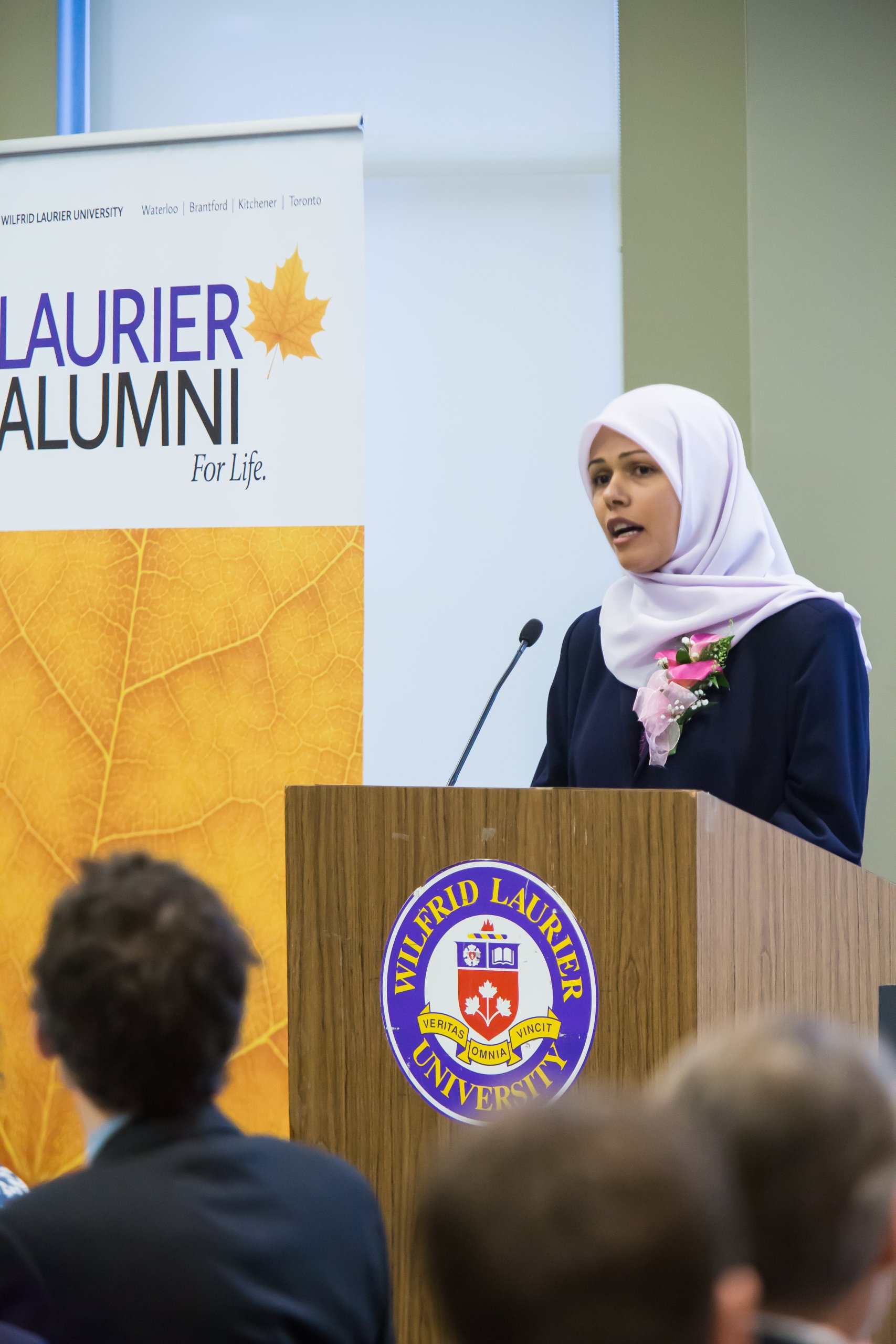
Les villes contribuent au réchauffement climatique, mais le changement est possible
– Par Hind Al-Abadleh –
Les zones urbaines du monde entier sont responsables de plus des deux tiers des gaz à effet de serre dans le monde. Parallèlement, les conséquences du changement climatique sont de plus en plus graves. Que peuvent faire les villes pour opérer une transformation durable et à long terme?
Au début de l’année en cours, le Groupe d’experts intergouvernemental sur l’évolution du climat (GIEC) a publié sa dernière évaluation, qui indique clairement que les humains sont la principale cause du changement climatique mondial. Le rapport souligne aussi qu’aucune région du monde ne sera épargnée par ses effets : des phénomènes météorologiques extrêmes plus intenses et plus fréquents, des incendies de forêt, des inondations et des sécheresses.
Un chapitre spécifique du rapport intitulé « Linking global to regional climate change » met l’accent sur les contributions des villes au changement climatique. En effet, les régions métropolitaines du monde entier consomment deux tiers de l’énergie mondiale alors qu’elles n’occupent que 2 % de la masse terrestre, ce qui se traduit par plus de 70 % des émissions mondiales de CO2. C’est pourquoi les solutions au changement climatique doivent commencer dans les villes avec l’engagement des citoyens et des gouvernements locaux.
Engagement et partenariat
En mai 2022, j’ai participé en tant que conférencier et panéliste au symposium « Cities as an Engine for Environmental Change » au Forum for Global Challenges, organisé par l’Université de Birmingham. Les conférenciers et panélistes invités ont communiqué leurs idées sur ce thème, en abordant des sujets tels que les stratégies d’amélioration de la qualité de l’air, les approches pour atteindre des émissions nettes de carbone nulles, les moteurs de la santé urbaine et les idées de l’économie qui relient les améliorations de la santé environnementale à la création de richesse.
Les séances ont montré que les villes disposent des outils nécessaires pour relever les défis auxquels elles sont confrontées dans le monde de l’après COVID-19. Les preuves scientifiques, les politiques, les réglementations et les investissements des secteurs public et privé revêtent une importance considérable. Les gouvernements à tous les échelons doivent investir dans la réflexion sur les systèmes complexes pour gérer les crises et tirer les leçons de leurs propres réponses à la pandémie de COVID-19. Globalement, le coût de l’absence de mesures pour atténuer le changement climatique et s’y adapter sera bien plus élevé que le coût de l’action à tous les niveaux.
This article was first published on De Gruyter Conversations on 5 July 2022.
Urban areas around the world are responsible for more than two-thirds of global greenhouse gases. At the same time, the impacts of climate change are becoming increasingly dire. What can cities do to effect long-lasting, sustainable transformation?
Earlier this year, the Intergovernmental Panel on Climate Change (IPCC) released its latest assessment, which makes it clear that humans are the primary cause of global climate change. The report also states that no region in the world will be spared from its impacts: more intense and frequent weather extremes, wildfires, floods, and droughts.
One specific chapter in the report, “Linking global to regional climate change,” emphasizes the contributions that cities are making to climate change. In fact, metropolitan regions around the world consume two-thirds of the world’s energy despite occupying only 2% of its landmass, which translates to more than 70% of global CO2 emissions. That’s why climate change solutions must begin in cities with engagement from citizens and local governments.
Engagement and Partnership

In May 2022, I participated as a speaker and panelist in the Cities as an Engine for Environmental Change symposium at the Forum for Global Challenges, organized by the University of Birmingham. The invited speakers and panelists shared their insights into this theme, addressing topics such as strategies to improve air quality, approaches to achieving net-zero carbon emissions, the drivers of urban health, and ideas from economics that link environmental health improvements with wealth creation.
The sessions demonstrated that cities have the tools to address the challenges they are facing in the post COVID-19 world. Scientific evidence, policies, regulations, and investments from the public and private sectors matter immensely. Governments at all levels need to invest in complex systems thinking to manage crises and learn from their own responses to the COVID-19 pandemic. Overall, the cost of not taking any action to mitigate and adapt to climate change will be much higher than the cost of action at all levels.
Another important takeaway from attending this forum was that we can no longer afford to work in silos. For cities to benefit from their investments in climate action, they must enter into partnerships and engage the community as soon as possible. We need to create new funding ecosystems at the city level that incentivize collaboration on evidence-based projects between scientists from different disciplines, industry, and local governments. These projects must be designed to have significant and tangible social, economic, environmental, and health impacts. They also need to engage with community members and address their experiences in their neighborhoods.
For example, several studies have shown that racialized and low-income communities are often disproportionately exposed to environmental risks and are located in neighborhoods with fewer green spaces. When poor health and low income are major stressors in people’s lives, those people are less likely to be open to participating in climate action initiatives. Therefore, engaging them in meaningful and respectful ways that acknowledge their immediate concerns becomes crucial in order to clarify the connections between air quality, green spaces, human health, the green economy, consumer behavior, the government’s role, and carbon emissions.
When engaging with communities from different social groups, experts need to learn from the members of low income and marginalized communities to be able to foster proactiveness, support, and optimism in adapting to the impacts of climate change and enhancing their resilience.
Education is key

As an academic scientist, my lab research and teaching experience in environmental chemistry is motivated by scientific measurements and modeling of the impact of human activities on natural systems and human health. As an educator, I care about creating and passing on technical knowledge to future generations of scientists. In this context, I supervise student research projects that demonstrate how chemistry is key to solving environmental challenges related to air and water pollution, and the impacts of climate change.
It is also important to me to communicate scientific knowledge to the public in a timely manner. In the past, I have given presentations to children and seniors to raise awareness of air quality, environmental issues, and misconceptions about chemistry, and to encourage behavioral change at the individual and community levels. Educating people about these issues and what each one of us can do to reduce our carbon footprint is the first step in creating scientifically literate citizens prepared to address this existential threat to our civilization.
Today, I’d like you to make a resolution to educate yourself about where we are now as a human civilization and where we need to go.
The last two years have shown the world how effectively scientists can work together. In the shortest time, they developed new vaccines and designed new tools and technologies to detect airborne pathogens, purify indoor air, and quantify outdoor air quality improvements because of the lockdowns. We have also seen decision-makers at various government levels implement evidence-based policies and regulations that acknowledge the latest scientific findings on issues with societal impact.
Equipped with the science of which we are aware at this point in history, coupled with educated citizens and political leaders, our generation has unique opportunities to build a new future for humanity that is just, resilient, and more in harmony with nature. Let’s not let this opportunity pass us by.
Dr. Al-Abadleh is a Full Professor in the Department of Chemistry and Biochemistry and Research Ambassador for the Environments and Sustainability at Wilfrid Laurier University. She is currently the Chair of Atmosphere-Related Research in Canadian Universities (ARRCU), a special interests group of CMOS.
ARRCU, changement climatique, climat, hind al-abadleh, ville
